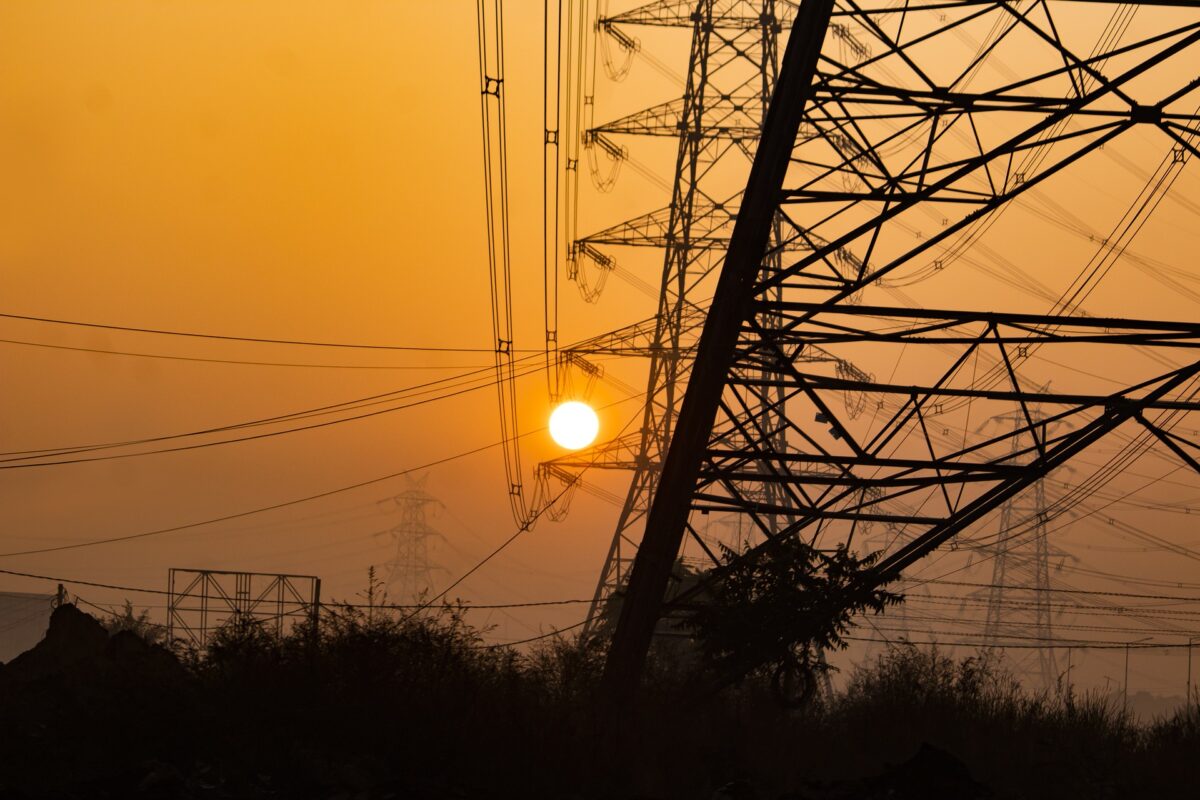From pv magazine USA
“An unprecedented number” of interconnection requests last year from utility-scale renewables and storage projects “continue to prolong interconnection queue backlogs,” FERC says in a recent report.
Drawing on preliminary data compiled by the Lawrence Berkeley National Laboratory, FERC says that about 1,730 GW of utility-scale solar, wind and storage projects are now active in the interconnection queues of transmission system operators. That’s almost 400 GW more than the approximately 1,350 GW reported by Berkeley Lab at the end of 2021.
Solar, wind and storage projects in the interconnection queues make up nearly 94% of the total capacity in the queues, with solar constituting over half of that amount, the report said.
Total capacity in the queues exceeds 1,366 GW of generation, 325 GW of standalone storage, and 159 GW of hybrid storage and generation capacity. Those values including 84 GW of natural gas and 2 GW of coal capacity.
The Lawrence Berkeley National Laboratory has estimated that 24% of the projects seeking interconnection from 2000 to 2020 have subsequently been built, the report said. The PJM grid operator, which serves a larger population than any other grid operator, has projected that 5% of the projects now in its interconnection queue will be built.
The FERC staff report said the costs to interconnect “have grown substantially over time with the cost of broader network upgrades driving nearly all this growth,” and provided the nearby graph from Berkeley Lab. Interconnection costs for solar, wind and storage are higher than for natural gas, the report added.
To continue reading, please visit our pv magazine USA website.
This content is protected by copyright and may not be reused. If you want to cooperate with us and would like to reuse some of our content, please contact: editors@pv-magazine.com.



There are several solutions that can help to overcome delays in interconnecting renewable energy projects, including:
1) Prioritizing transmission planning and investment: One solution is to prioritize transmission planning and investment to ensure that there is adequate capacity to support new renewable energy projects. This could include identifying transmission bottlenecks and investing in new transmission infrastructure to increase capacity and reduce congestion.
2) Streamlining the interconnection process: Another solution is to streamline the interconnection process to reduce delays and uncertainty. This could involve implementing standardized procedures and timelines for interconnection, and establishing clear criteria for evaluating interconnection requests.
3) Coordinating across jurisdictions and stakeholders: Renewable energy projects often cross multiple jurisdictions and involve multiple stakeholders, including utilities, regulators, and developers. Coordination across these entities can help to ensure that interconnection challenges are identified and addressed in a timely manner.
4) Investing in energy storage: Energy storage technologies, such as batteries and pumped hydro storage, can help to address interconnection challenges by providing flexibility and balancing services to the grid. By investing in energy storage, renewable energy projects can be integrated more seamlessly into the grid, reducing the need for costly transmission upgrades.
5) Utilizing smart grid technologies: Smart grid technologies, such as advanced metering and monitoring systems, can help to optimize the integration of renewable energy into the grid. By providing real-time data on energy consumption and generation, smart grid technologies can help to reduce curtailment of renewable energy generation and improve the reliability of the grid.
So overall, these solutions can help to overcome delays in interconnecting renewable energy projects and facilitate the transition to a more sustainable and resilient energy system.
The question for me: “Are government and industry coordinating to address the reduction of friction in getting renewable energy from project inception to realization of sustainable value for all stakeholders?”